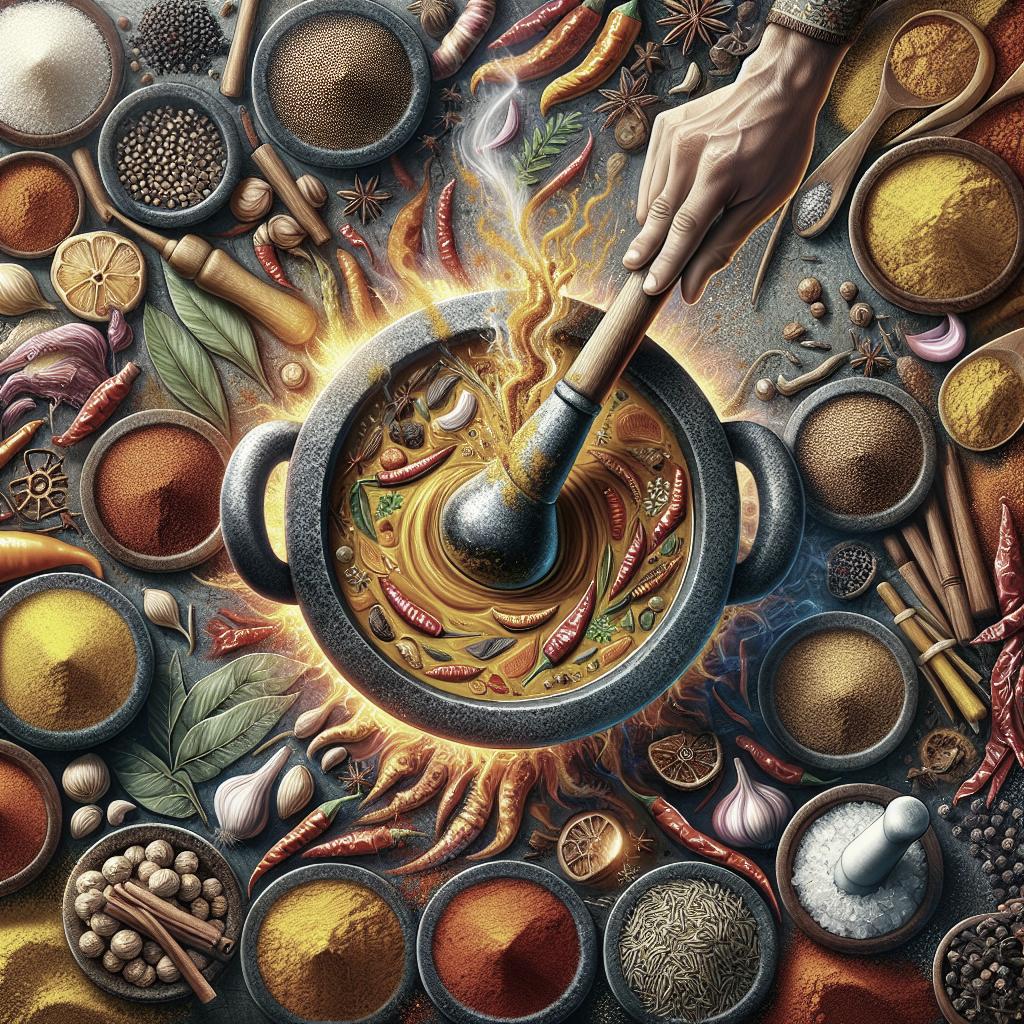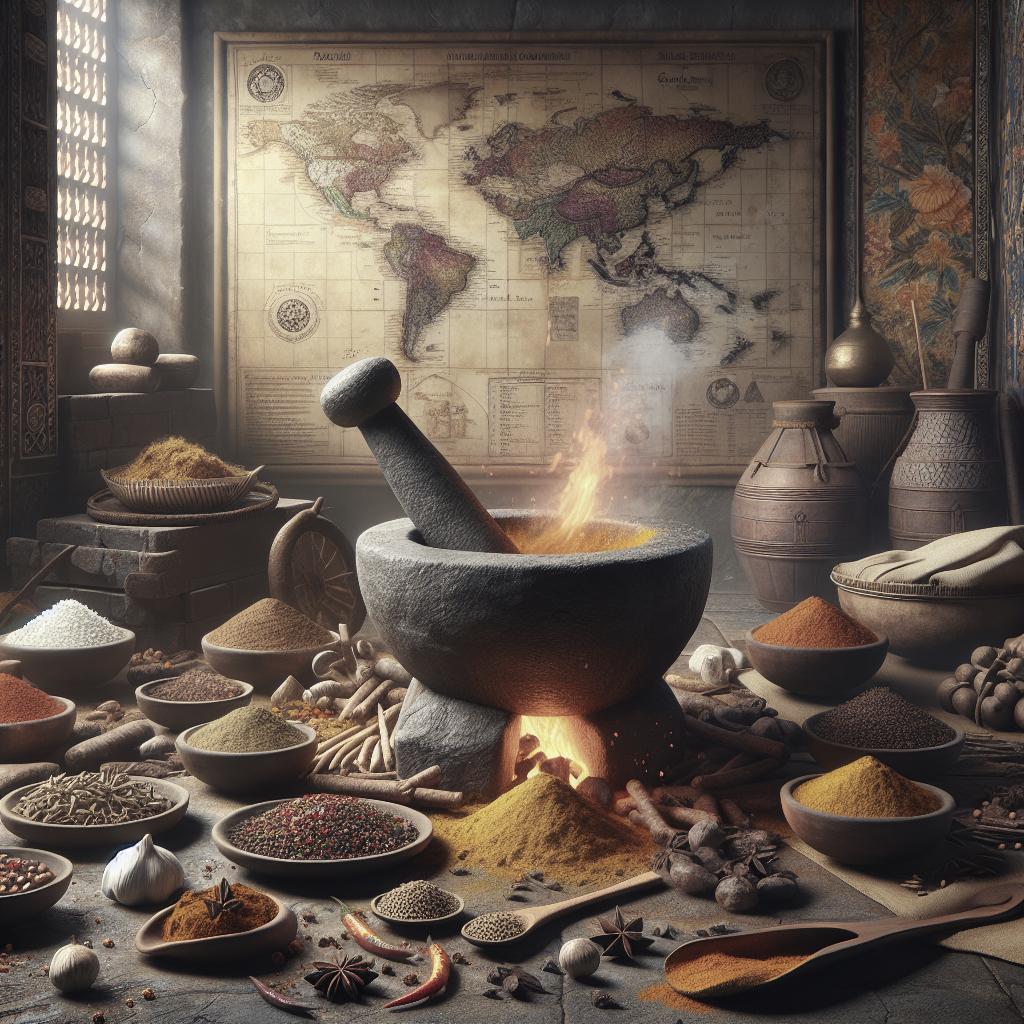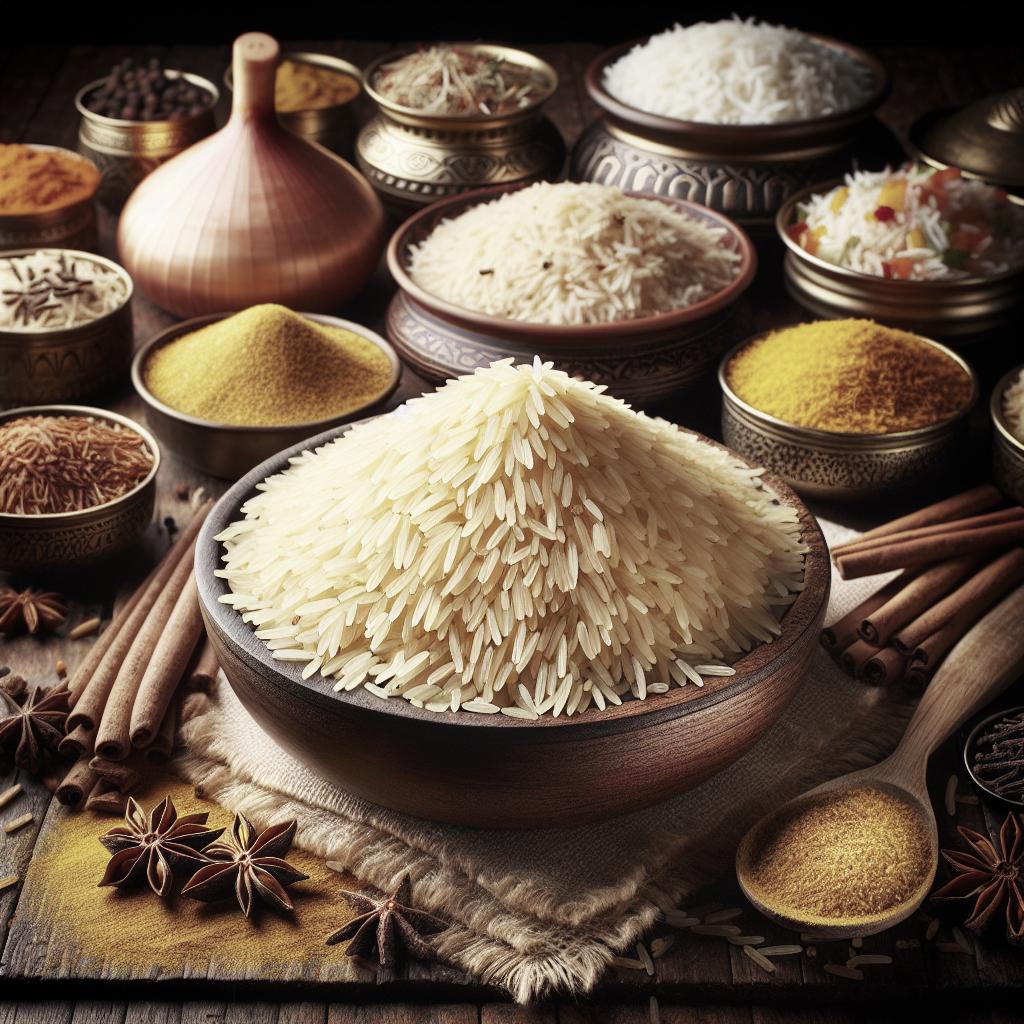“`html
How to Make Indian Curry More Flavorful
Indian curry is a beloved dish worldwide, renowned for its rich flavors and diverse spices. However, even the most seasoned cooks might wonder how to elevate their curry game. This blog post delves into the various techniques to enhance the taste of your curry, from marinating proteins to experimenting with chili varieties. We’ll explore the importance of balancing spiciness, incorporating dairy, and the power of finishing touches like crispy onions and unique herbs. Each section offers practical tips that promise to bring aromatic depth and vibrant taste to your culinary creations. By the end of this post, you’ll be equipped with mouth-watering skills to make your Indian curry more flavorful than ever before.
Marinate your proteins
Marinating is the cornerstone of intensifying flavors in any dish, and for Indian curry, it is especially vital. The process of marinating proteins like chicken, lamb, or paneer allows the spices to penetrate deeply, imparting their essence into every bite. Using ingredients such as yogurt, ginger-garlic paste, turmeric, and other spices forms a flavor-rich base that tenderizes the protein while infusing it with aromatics.
To achieve the best results, ensure that you marinate your proteins for at least a few hours, though overnight is preferable. The longer the marinade sits with your proteins, the more time the flavors have to meld together. This step not only enhances the taste but also contributes to a succulent texture, ensuring that every mouthful offers a burst of flavor.
Infuse smokiness with charcoal
An authentic way to impart smokiness to your curry is by using charcoal—a method often seen in Indian cooking known as “dhungar.” This involves heating a piece of charcoal until it turns red-hot, placing it in a small bowl or foil, and setting it in the pot of curry. Drizzle a bit of oil or ghee over the charcoal and quickly cover the pot to trap the smoke.
The smoke infuses a complex, aromatic layer to the dish, reminiscent of tandoor-cooked dishes. The smoky flavor provides a restaurant-quality finish, which captivates the senses and deeply enriches the overall experience of the curry.
Cook with chutneys and pickles
Incorporating chutneys and pickles is an innovative way to elevate your curry, adding an unexpected zing and complexity. Whether it’s a mint chutney for freshness or a tangy mango pickle for depth, these accompaniments can transform the character of a curry by offering a new dimension of flavor.
Try stirring in a few spoonfuls of your favorite chutney or pickle midway through the cooking process. This technique lets the ingredients meld harmoniously, complementing the spices and creating a uniquely enriched sauce.
A dash of acidity goes a long way
Acidity is key to balancing the rich flavors of a curry. Ingredients like lime juice, vinegar, or even tomatoes contribute a fresh burst of tartness that brightens up the dish. It helps balance the heaviness of spices and fats, lending a lively taste to each bite.
A little can go a long way—start conservatively and taste as you adjust. The acidity not only enhances the final product but also allows other ingredients to shine, leading to a more harmonious overall flavor profile.
Balance out the spiciness with jaggery
Jaggery, a traditional unrefined sugar, is a versatile addition to balance the heat in spicy curries. Its mellow sweetness pairs well with fiery spices, creating a well-rounded taste that soothes the palate.
By subtly incorporating jaggery into your curry, you add a natural sweetness that creates a delightful contradiction with the spices. This approach allows spice lovers to enjoy the heat without overwhelming your taste buds.
Stir through some dairy
Dairy products such as yogurt, cream, or coconut milk serve as excellent agents to smooth out the intense spices within a curry. These elements offer a cooling effect while enhancing the curry’s richness and texture.
Integrating dairy at the right moment can transform the sauce into a creamy masterpiece, ensuring an indulgent mouthfeel that melts in your mouth with each spoonful.
Add fresh and dried herbs to your curries
Herbs like cilantro, mint, fenugreek, and curry leaves can radically shift the flavor profiles of a curry. Fresh herbs added towards the end of cooking ensure a burst of flavor, while dried herbs contribute a subtle yet influential earthy undertone.
These vibrant additions bring layers of complexity to the dish, opening up a spectrum of aroma and taste that redefines the word “flavorful.” Their lively presence also imbues the dish with authenticity and freshness.
Up the aromatics
Aromatics such as onions, garlic, ginger, and chilies form the backbone of a flavorful curry. Sautéing these ingredients until they’re caramelized can significantly impact the final taste by offering a sweet, umami-rich foundation.
The depth of flavor they introduce as they blend with spices can not be understated. These base notes bind the various elements of the dish together and leave a savory, mouthwatering finish.
Try using regional spice blends
India is a mosaic of regions, each with unique spice blends that bring distinct nuances to their dishes. Exploring these regional mixes such as garam masala, panch phoron, or sambar powder can enrich your curry, setting it apart from conventional variations.
By experimenting with these blends, you tap into the diverse tapestry of Indian cuisine, allowing your culinary repertoire to grow in authenticity and flavor complexity.
Experiment with different varieties of chili
The type of chili used in a curry can profoundly impact its flavor and heat level. From the smoky heat of Kashmiri chilis to the intense punch of bird’s eye chilis, each variety offers a unique flavor profile to explore.
Testing different chilies can elevate your dish to previously unexplored heights. Balancing these choices allows you to maintain control over the curry’s heat while introducing new and exciting characteristics.
Add tempered spices on top
Tempering is a technique that involves frying whole spices in oil, transforming them into an aromatic topping. This garnish is usually added just before serving to enhance the overall fragrance and depth of the curry.
By doing this, you release the oils within the spices, maximizing their flavors and contributing to a symphony of aromas that linger pleasantly on the palate.
Sprinkle over some crispy onions
Crispy onions don’t just bring crunch—they introduce a sweet-savory enhancement that is often a welcome surprise in curries. These fried onions sprinkle an additional layer of texture and flavor that balances the sauciness of the dish.
Whether purchased or homemade, the addition of crispy onions on your curry can make each serving feel more delightful and complex.
Finish with diverse garnishes
A carefully selected garnish can bring a curry to life, offering visual appeal and additional flavor. Consider using fresh herbs, nuts, or sliced chilies for a finishing touch that complements your dish’s flavor profile.
Well-paired garnishes make the dish visually appealing but also provide textural contrast, encouraging the eater to savor every element combined in perfect harmony.
Don’t always use a neutral oil
The type of oil used in cooking significantly influences the curry’s flavor. While neutral oils like vegetable or canola are common, using ghee or mustard oil can introduce a rich, nutty undertone to the dish.
This subtle change can take a curry from average to extraordinary, showcasing the integral role of cooking mediums in flavor development.
Don’t be afraid to add more salt
Salt plays an integral role in enhancing flavors within a curry. Often, home cooks hesitate to add enough salt due to health concerns, but a precisely measured amount is crucial to draw out the existing flavors.
Season your curry in stages rather than just at the end. This allows each layer of the dish to be well-seasoned, ensuring a fully integrated taste that stands out with just the right balance of saltiness.
Lessons learned
| Technique | Flavor Enhancement |
|---|---|
| Marinate your proteins | Deeply infuses flavor and tenderizes |
| Infuse smokiness with charcoal | Adds complex, aromatic layer |
| Cook with chutneys and pickles | Adds unexpected zing and complexity |
| A dash of acidity goes a long way | Brightens and balances rich flavors |
| Balance out the spiciness with jaggery | Creates a rounded, mellow contrast |
| Stir through some dairy | Smooths and enriches texture |
| Add fresh and dried herbs to your curries | Lends vibrancy and complexity |
| Up the aromatics | Provides a deep, umami-rich foundation |
| Try using regional spice blends | Incorporates diverse regional nuances |
| Experiment with different varieties of chili | Alters heat and flavor profiles |
| Add tempered spices on top | Maximizes fragrance and depth |
| Sprinkle over some crispy onions | Enriches texture and adds sweetness |
| Finish with diverse garnishes | Enhances visual appeal and flavor |
| Don’t always use a neutral oil | Introduces rich, nutty undertone |
| Don’t be afraid to add more salt | Draws out and integrates flavors |
“`


